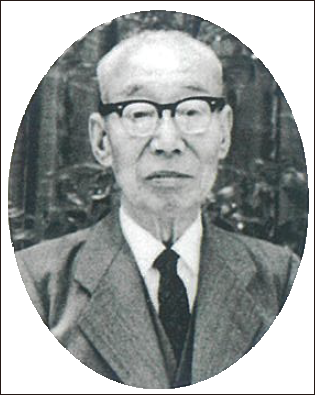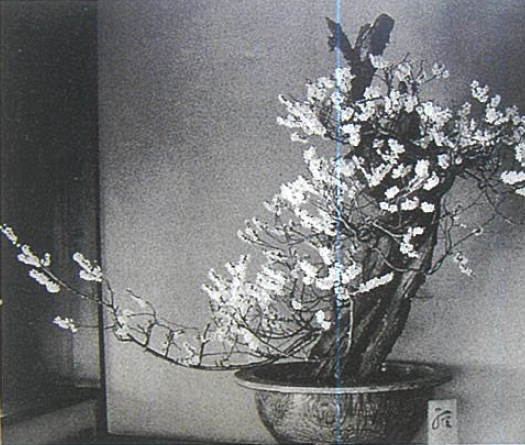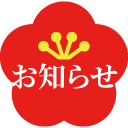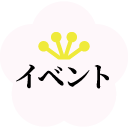History of Bonbai in Nagahama
Plum Bonsai and Takayama Shichizo
Started sericulture business from a young age

In spring, if you look east from a field in Nagahama area, you can see the snow-capped Mt. Ibuki to the north. It is Mt. Kanakusodake, the second highest peak in the prefecture. Even when Mt. Ibuki takes on the appearance of spring, there is often snow left on this mountain.
Due to the snow-covered mountains, the Kusano River, which originates from Mt. Kanakusodake, is rich in water. The area upstream of the Kusano River is called Kamikusano. Plum Bonsai was born in Takayama (present-day Takayama Town, Nagahama City), the deepest village in the area.
This is a story about the beginning of the Taisho era. Shichizo Takayama, who lived in Takayama, had been running a large-scale sericulture business since he was young, and during the busy early summer season, he was the largest farmer in the village, employing many people from as far away as Gifu.
In addition to farming, he was enthusiastic about starting new businesses, and the same was true for his hobbies. He devoted his life to this unique hobby of growing large plums in pots. In Mt. Kanakusodake, there is a waterfall with a clear stream called Meotodaki Falls. It is about an hour's walk from Takayama on a mountain path. For generations, the Shichizo family had owned forests and fields in an area called Takidani, which spreads downstream from Meoto Falls.
Donation of Plum Bonsai grown for nearly 40 years

Bon plums donated by Takayama Shichizo
At that time, plum trees were always planted in the mountains and fields. This is because pickled plums were a preserved food essential for working outside the home. Every year, Shichizo goes into Takidani and digs up an old plum tree with good branches, carries it in a cart or mokko, and takes it home.
He planted them in large pots and cared for them with great care.
In the spring, Shichizou enjoyed the dozens of potted Bonbai flowers he had grown by lining them up on both sides of the entrance to his house. The work was said to be extensive and required the employment of many people.
When the flowers were in full bloom, many people came to view them. It can be said that it was an elegant masterpiece. Before the war, he served as the village mayor of Kamikusano Village, and after the war, he served as a member of the Asai Town assembly.
After the war, in 1948, Shichizo donated 40 pots of Plum Bonsai that he had grown over nearly 40 years to Nagahama City. Shichizo was sixty-six years old. This was in response to the request of Tajuro Teramoto, the mayor of Nagahama at the time, and the fact that he donated all the bowls also shows Shichizo's noble character.
Guidance on bonbai cultivation even after donation
In the early spring of 1950, the year after receiving the donation, a Plum Bonsai exhibition was started at Keiunkan. The attractive event, befitting Nagahama's spring, delighted many tourism officials. However, plums are living things.
In addition to watering and fertilizing, daily care such as pruning and repotting is essential. Even after making the donation to Nagahama City, Shichizo often stayed in Nagahama and provided guidance on growing Plum Bonsai trees.
In Takayama, he also grew Plum Bonsai at the home of Shichizo's younger sister, Kotome, who was married to Shigesa Takayama. It must have been influenced by Shichizo. Mr. and Mrs. Shigesa have also been growing Bon plums for many years, and in 1989 they donated about 50 pots of Plum Bonsai to Nagahama City.
More recently, in 2007, Shigesa's eldest son, Shigehiko, donated 54 pots of Plum Bonsai trees to Nagahama City.
In his later years, Shichizo moved to Kyoto, where his eldest son lived, and died in Kyoto in 1962. He was 82 years old when he passed away. 7 years later, the villagers built a park near his birthplace to commemorate Shichizo.
It is a small park named ``Shichizo Park''.
The word bonbai is a seasonal word for spring. It has probably been popular as a plum bonsai for a long time, but the world of potted plums that are taller than humans, today's bonbai, must have been started by Shichizo Takayama.

Shichizo Park in Takayama-cho, Nagahama City




